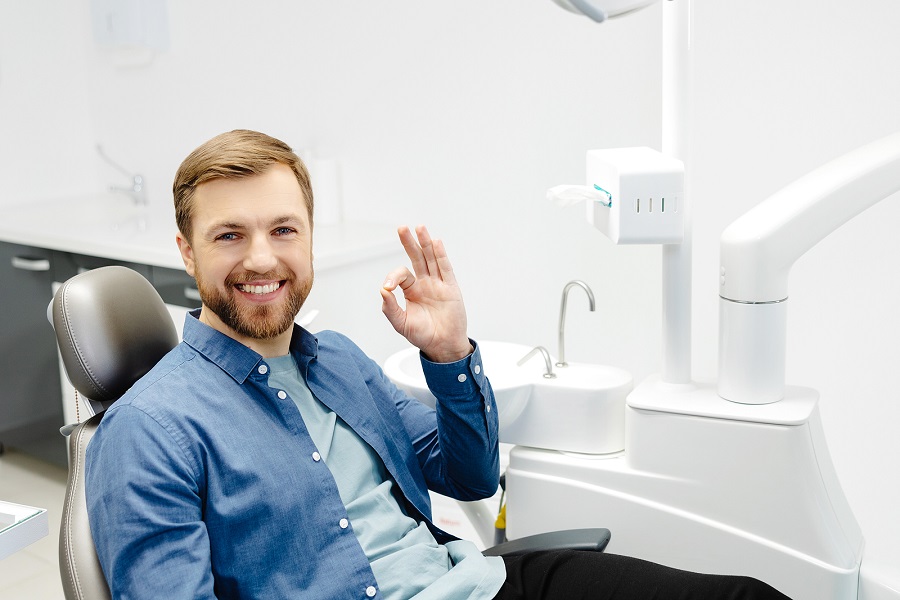![This is a thumbnail image of blog Ask a General Dentist: What Does Saliva Do for Our Mouths? This is a thumbnail image of blog Ask a General Dentist: What Does Saliva Do for Our Mouths?]()
Ask a General Dentist: What Does Saliva Do for Our Mouths?
May 16, 2023![Smile Makeover in Lake Forest, CA Smile Makeover in Lake Forest, CA]()
Transform Your Smile: The Power of a Smile Makeover
Mar 28, 2024![This is a thumbnail image of blog What Procedures Are Performed by a Laser Dentist? This is a thumbnail image of blog What Procedures Are Performed by a Laser Dentist?]()
What Procedures Are Performed by a Laser Dentist?
Jul 18, 2023![Same-Day Implants In Lake Forest, CA Same-Day Implants In Lake Forest, CA]()
Why Dental Implants Are A Game-Changer In Restorative Dentistry?
Sep 19, 2024![This is a thumbnail image of blog Achieve a Radiant Smile: Teeth Whitening in Lake Forest, CA This is a thumbnail image of blog Achieve a Radiant Smile: Teeth Whitening in Lake Forest, CA]()
Achieve a Radiant Smile: Teeth Whitening in Lake Forest, CA
Aug 02, 2024
EMAIL OR CALL: (949) 855-0176
- Patient Education
- Blogs
- Why Are My Gums Bleeding?
- Will I Need a Bone Graft for Dental Implants?
- Which is Better - Invisalign or Braces?
- When Is a Tooth Extraction Necessary?
- What Should I Do if I Chip My Tooth?
- What Do I Do if I Damage My Dentures?
- What Can I Do to Improve My Smile?
- Oral Hygiene Basics
- Oral Cancer Screening
- Options for Replacing Missing Teeth
- Improve Your Smile for Senior Pictures
- I Think My Gums Are Receding
- Do I Need a Root Canal?
- Do I Have Sleep Apnea?
- Reviews
- Contact

Can Soft Tissue and Bone Heal from Gum Disease?
Gum disease, also known as periodontal disease, is a bacterial infection that affects the tissues surrounding and supporting your teeth. It starts with the buildup of plaque, a sticky film of bacteria that forms on the surface of your teeth. When not properly removed through regular brushing and flossing, this plaque hardens into tartar or calculus. As tartar accumulates along the gumline, it creates an ideal environment for harmful bacteria to thrive. These bacteria release toxins that irritate and inflame the gums, leading to gingivitis – the earliest stage of gum disease. Symptoms may include redness, swelling, bleeding while brushing or flossing, and bad breath.
If left untreated, gingivitis can progress into more advanced stages of gum disease called periodontitis. In periodontitis, pockets form between the gums and teeth due to tissue detachment. This allows even more bacteria to accumulate and attack not only your gums but also your underlying bone structure.
How Can Gum Disease Be Treated?
Gum disease, also known as periodontal disease, is a common oral health issue that affects the soft tissues and bones supporting the teeth. If left untreated, it can lead to tooth loss and other complications. Fortunately, there are several treatment options available to combat gum disease.
One of the most effective ways to treat gum disease is through professional dental cleanings. These cleanings remove plaque and tartar buildup from above and below the gum line, reducing inflammation and preventing further damage. In some cases, scaling and root planing may be necessary. This deep cleaning procedure involves removing plaque and tartar from the roots of the teeth to promote the healing of the gums. For more advanced cases of gum disease, surgical interventions such as flap surgery or bone grafts may be required. Flap surgery involves lifting up the gums to remove bacteria and infected tissue, while bone grafts help regenerate lost bone tissue. Additionally, maintaining good oral hygiene practices at home plays a crucial role in treating gum disease. Regular brushing twice a day with a soft-bristled brush, flossing daily, using antimicrobial mouthwash, and visiting your dentist regularly for check-ups are essential steps in managing this condition.
Remember that early detection and intervention are key when it comes to treating gum disease effectively. So if you notice any signs or symptoms such as redness or swelling of gums or persistent bad breath (halitosis), don't hesitate to schedule an appointment with your dentist for evaluation and appropriate treatment options.
Can Soft Tissue and Bone Heal from Gum Disease?
The answer depends on several factors, including the severity of the disease, individual response to treatment, and proper oral hygiene maintenance afterward. While early-stage gum disease (gingivitis) is reversible with proper care, more advanced stages (periodontitis) may require ongoing management.
It's important to remember that maintaining good oral hygiene practices at home, along with regular dental check-ups, are crucial in preventing gum disease from progressing or reoccurring. So if you suspect you have gum disease or any other dental concern, don't hesitate to seek professional help for an accurate diagnosis and appropriate treatment plan tailored to your specific needs.
Visit Nicole E. Kuske, DDS, at 22992 El Toro Rd, Lake Forest, CA, 92630, or call (949) 855-0176 for the best dental care tailored to your specific requirements.
Visit Our Office
Office Hours
- MON9:00 am - 3:00 pm
- TUE10:00 am - 7:00 pm
- WED - THU8:00 am - 5:00 pm
- FRIBy appointments only
- SAT - SUNClosed





comments